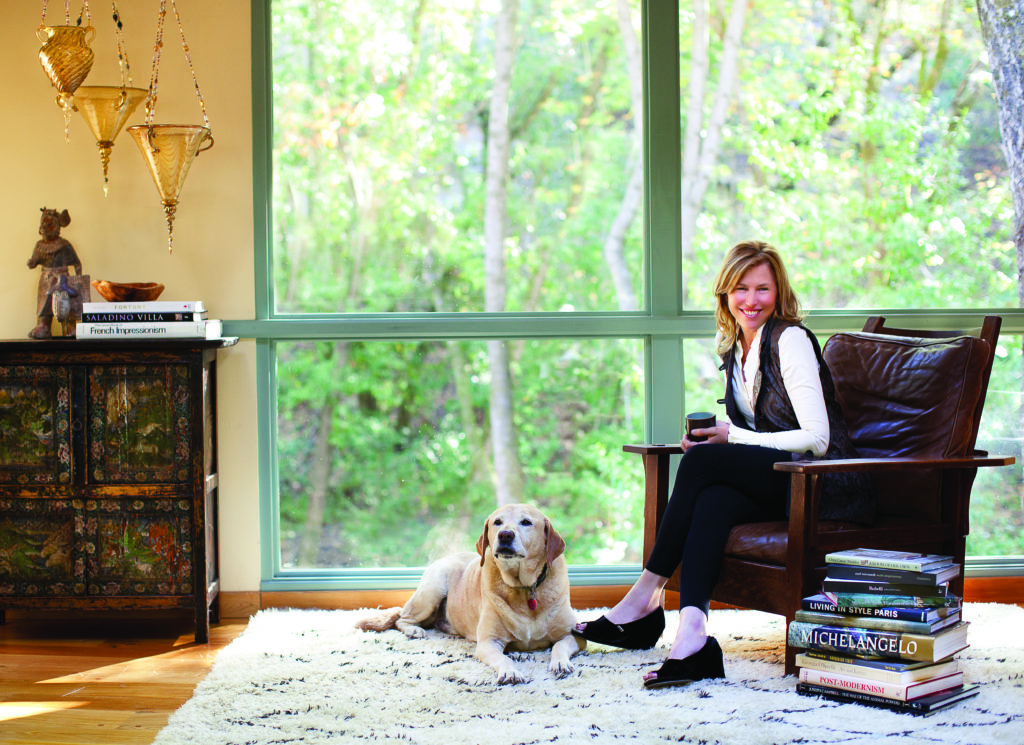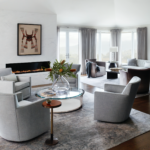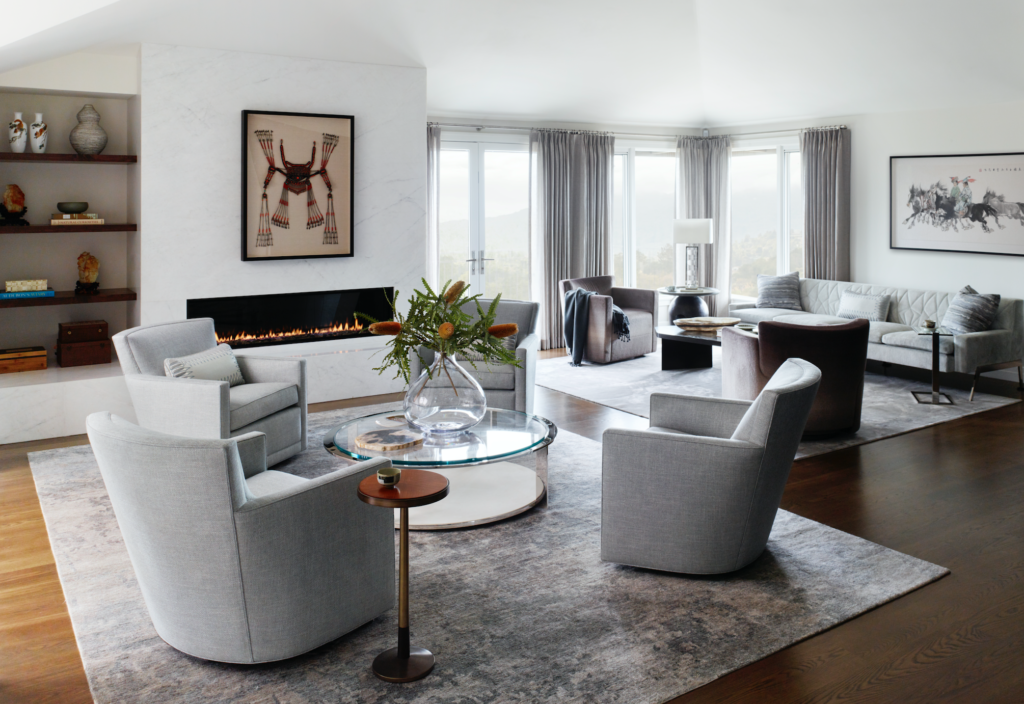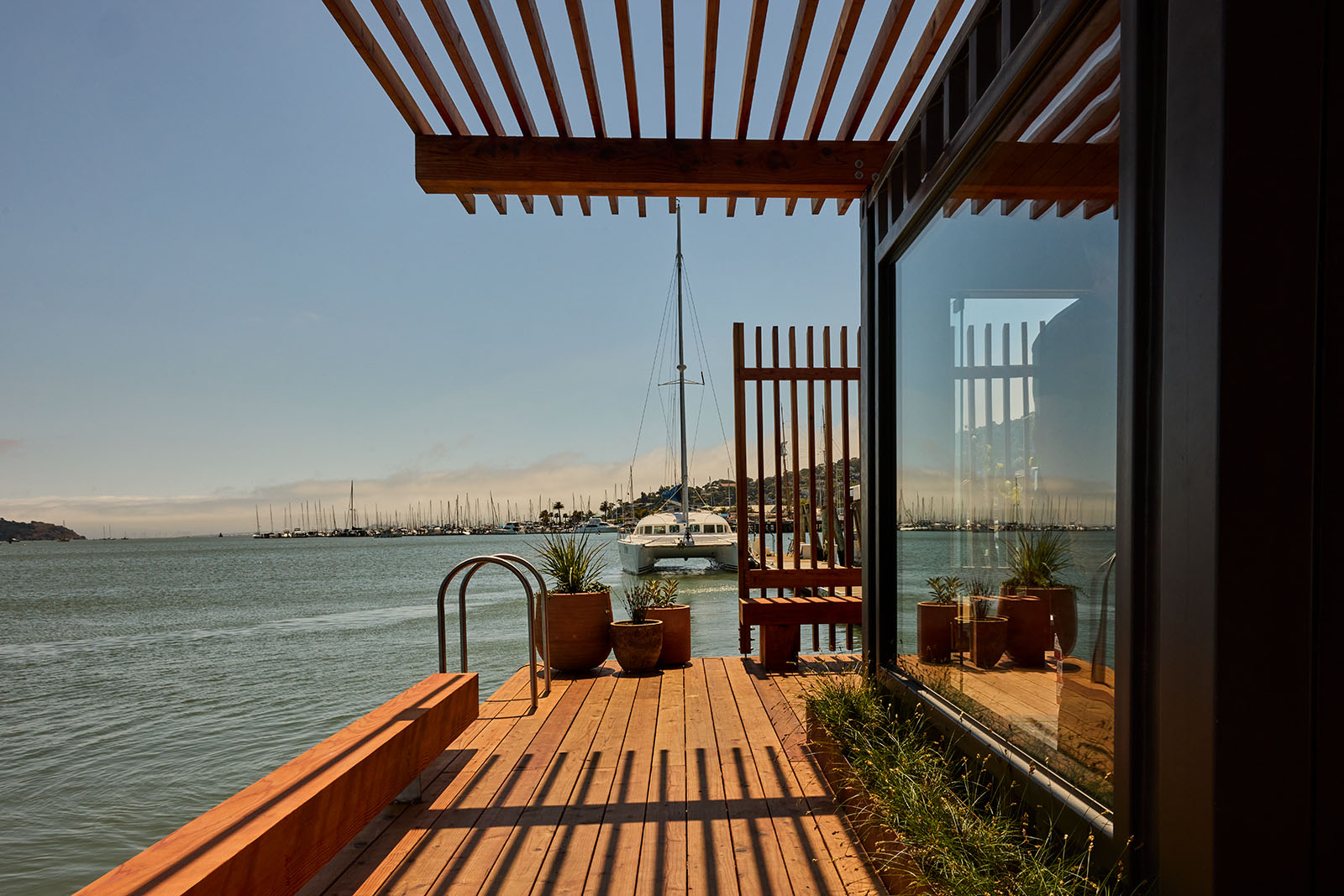Design Matters: The Soul of Design and the Neuroscience of Beauty
Author:Lindsey ShookLisa Staprans of Staprans Design on the connection between design and the mind

“AS AN INTERIOR DESIGNER for over 30 years, I have been writing and talking about the soul of design and the neuroscience of beauty well before Covid-19. In fact, I started my exploration of how interiors impact our souls over 20 years ago while searching for purpose and questioning my legacy after having cancer. What I learned was that all of us need to know how spaces affect our neurochemistry, health and happiness.
Who would have thought that we would all be in this situation now? We’re maybe feeling a bit frayed, to say the least. But even as this crisis impacts our bodies, our brains and our spirits, there is an opportunity to realize how our interior environments can calm us and help us cope in both subtle and very direct ways.
Our soul is our most ideal self, and the spaces that we inhabit every day impact it as well as our bodies. It is who we are when we strip away all the stressors, all the anxiety and everything else that gets in the way of who we truly want to be. Similar to how compassion can boost an immune system or music can improve focus and laughter triggers the reward center in our brains, the environments that surround us have a comparable effect. What tools does a designer have to bring out the ideal self? Our environments impact our mood and the objects, photos and art in them connect us to our memories. We can identify and place a favorite ceramic mug for tea, a special chair, a soft throw or a table that holds a few favorite books.

Normally, we have spaces for working, relaxing, eating. However, during this pandemic, many activities must coexist under the same roof and sometimes the same room, which can be a challenge in terms of figuring out how to design our environments. People should never feel limited because they do not have large windows or rooms. Using principles similar to bringing in outdoor views, a room can feel larger and its energy can change. A tiny corner can be transformed through placement of a beautiful table lamp with a natural daylight light bulb, a simple chair and a side table. Suddenly, the corner is a place of refuge to recharge and find calm. Even just the sense of an outdoor space can lower the heart rate by releasing dopamine and endorphins.
Color also has a direct impact on the limbic system, which is responsible for emotion, motivation, energy and memory. You do not have to create a whole new home or environment to get these healthy neurotransmitter benefits. In fact, by simply adding a splash of color with the placement of a flower or a branch you can have an impact similar to adding art, an area rug or a colorful throw. Color is a real game changer: Red helps us focus; white creates a sense of calm and ease.
Our spaces help bring out that core and the release of healthy neurotransmitters like dopamine, serotonin, oxytocin and endorphins. Think about it this way: We spend vast amounts of time and energy learning what to eat and how to exercise. But just as eating and exercising makes us healthier, our environments can also have the same effect. There is never a time when we are not in an environment, and the one you are in right now is influencing you on a basic physiological level. All of us need to know how these spaces affect our neurochemistry, our health, our happiness and ultimately how our homes can help our souls bloom.”- Lisa Staprans







